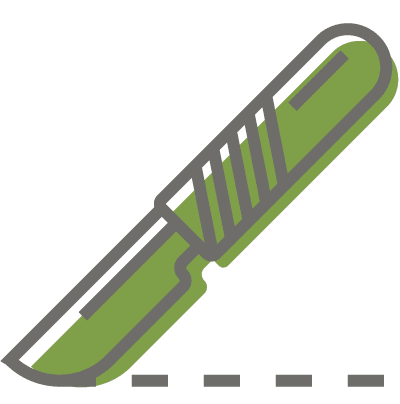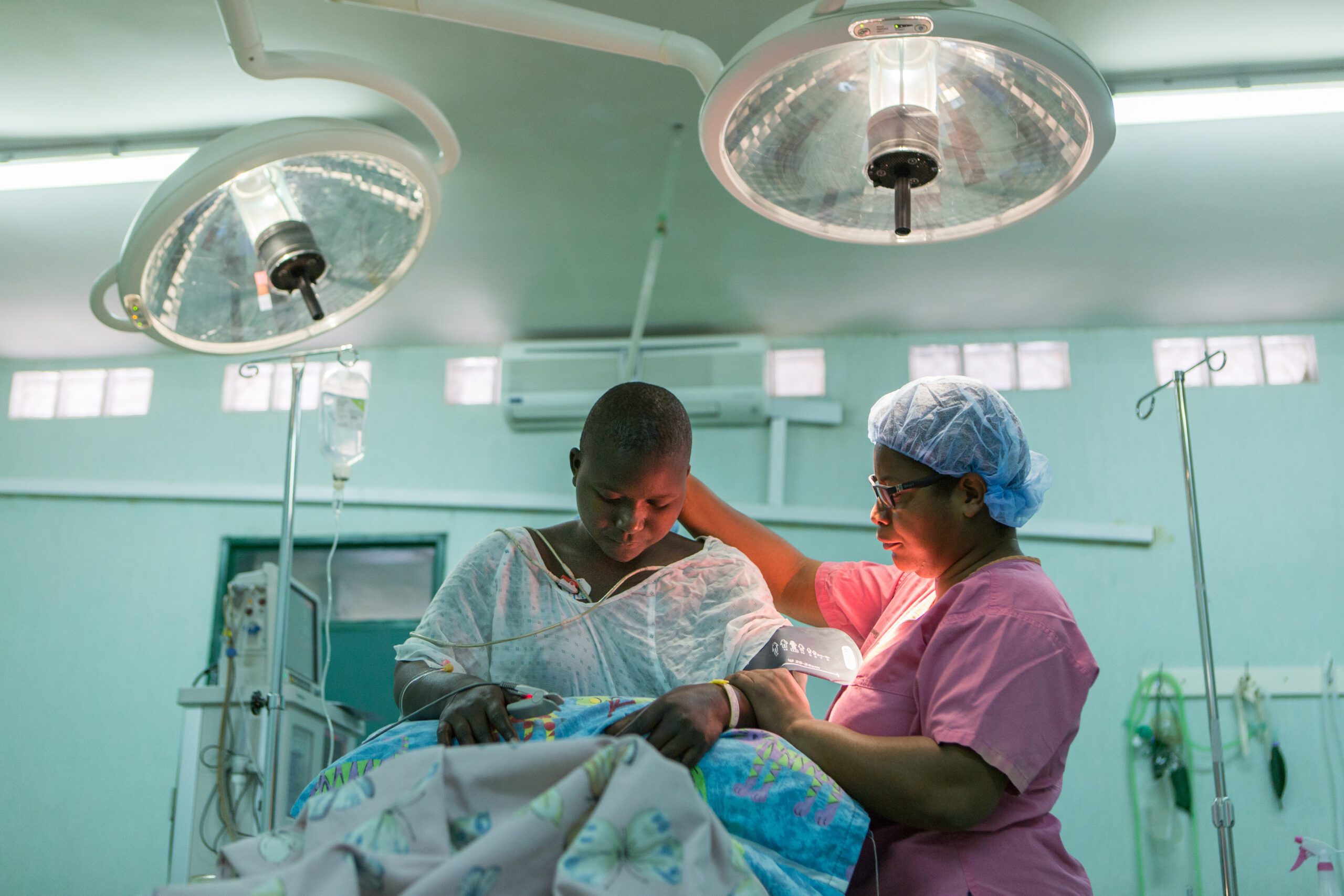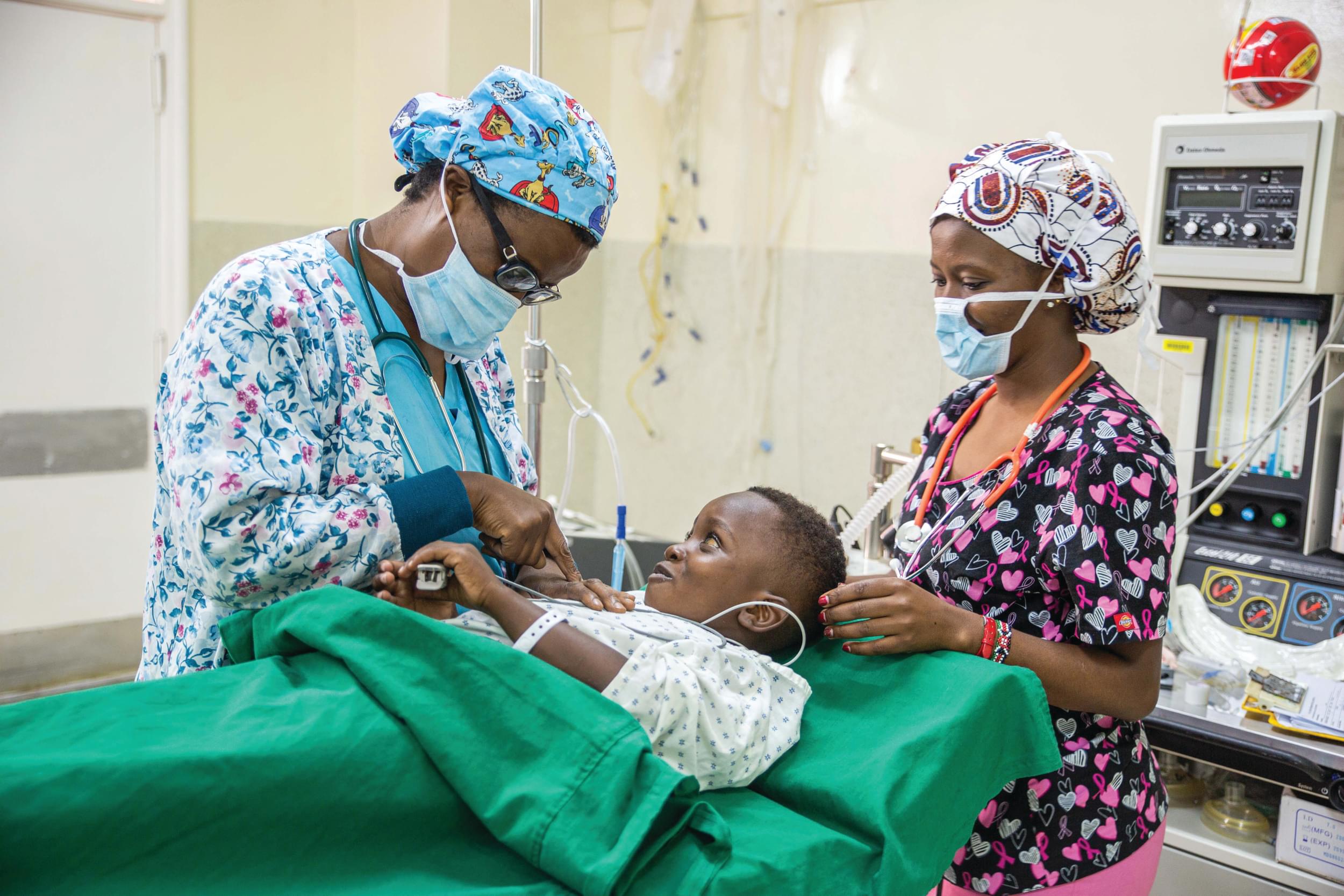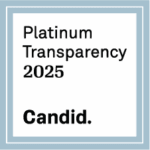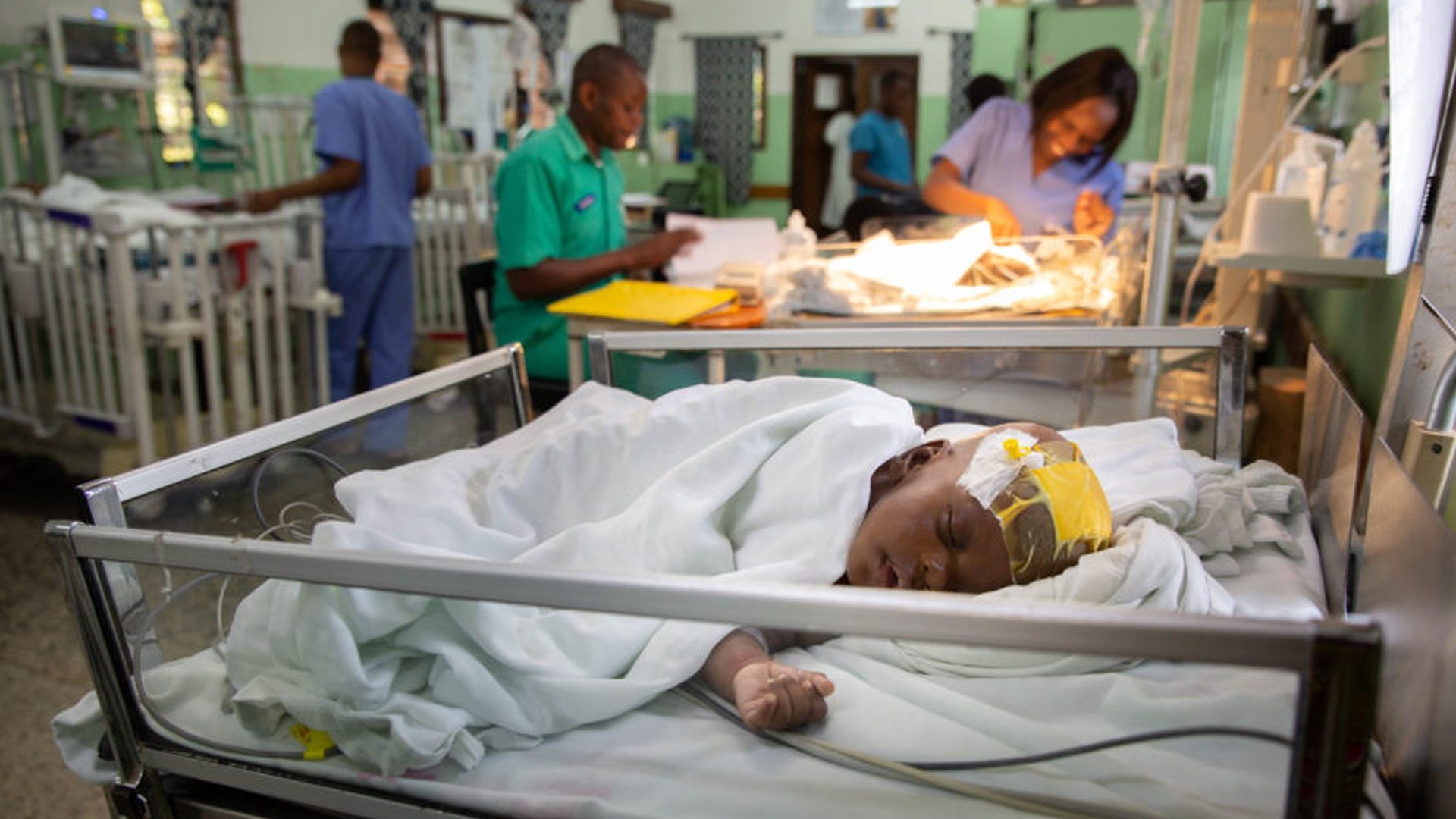Comparison of endoscopic third ventriculostomy alone and combined with choroid plexus cauterization in infants younger than 1 year of age: a prospective study in 550 African children
Abstract
Object:
The aim of this prospective study was to determine whether, and in which patients, the outcome for bilateral choroid plexus cauterization (CPC) in combination with endoscopic third ventriculostomy (ETV) was superior to ETV alone.
Methods:
A total of 710 children underwent ventriculoscopy as candidates for ETV as the primary treatment for hydrocephalus. The ETV was accomplished in 550 children: 266 underwent a combined ETV—CPC procedure and 284 underwent ETV alone. The mean and median ages were 14 and 5 months, respectively, and 443 patients (81%) were younger than 1 year of age. The hydrocephalus was postinfectious (PIH) in 320 patients (58%), nonpostinfectious (NPIH) in 152 (28%), posthemorrhagic in five (1%), and associated with myelomeningocele in 73 (13%). The mean follow up was 19 months for ETV and 9.2 months for ETV—CPC. Overall, the success rate of ETV—CPC (66%) was superior to that of ETV alone (47%) among infants younger than 1 year of age (p < 0.0001). The ETV—CPC combined procedure was superior in patients with a myelomeningocele (76% compared with 35% success, p = 0.0045) and those with NPIH (70% compared with 38% success, p = 0.0025). Although the difference was not significant for PIH (62% compared with 52% success, p = 0.1607), a benefit was not ruled out (power = 0.3). For patients at least 1 year of age, there was no difference between the two procedures (80% success for each, p = 1.0000). The overall surgical mortality rate was 1.3%, and the infection rate was less than 1%.
Conclusions:
The ETV—CPC was more successful than ETV alone in infants younger than 1 year of age. In developing countries in which a dependence on shunts is dangerous, ETV—CPC may be the best option for treating hydrocephalus in infants, particularly for those with NPIH and myelomeningocele.


